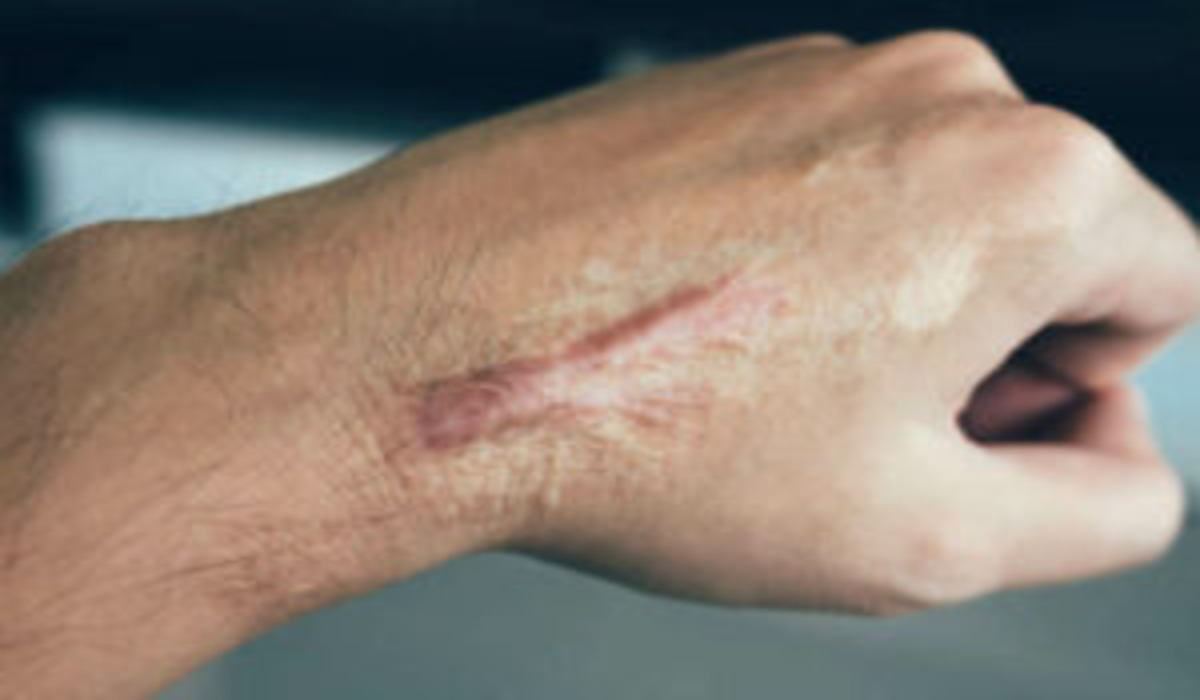Skin healing is a remarkable process, but sometimes, the body produces more scar tissue than needed, leading to a raised, thick, and often larger scar known as a keloid. While not harmful in most cases, keloids can be uncomfortable, itchy, and affect a person’s confidence, especially when they appear in visible areas such as the face, neck, or hands. Understanding what causes them, how they develop, and what treatment options are available can help individuals make informed decisions about managing them.
What is a Keloid?
A keloid is a scar that extends past the edges of the initial wound. Unlike regular scars that flatten over time, keloids continue to expand and thicken. They can be pink, red, or dark brown depending on the person’s skin tone. These scars are composed of excess collagen—a protein the body uses to heal wounds.
Keloids are more common in people with darker skin tones, but they can develop in anyone. They may develop after acne, piercings, surgical incisions, burns, insect bites, or even minor scratches. In some cases, they appear without an obvious injury.
Causes and Risk Factors
Although the exact cause of keloid formation is not fully understood, several factors can increase the likelihood of developing them:
- Genetics: Having a close family member with keloids increases your likelihood of developing them.
- Skin injuries: Burns, cuts, or surgical incisions can trigger keloid formation.
- Age: People between the ages of 10 and 30 are most likely to develop keloids.
- Skin tone: Individuals with medium to dark skin are more susceptible.
The process starts when the body’s natural healing response goes into overdrive, producing excessive collagen at the wound site. This overproduction continues even after the wound has healed, causing the scar to grow.
Symptoms to Look Out For
Keloids may take weeks or even months to appear after an injury. Common signs include:
- A raised, firm lump over the skin
- Continued growth beyond the wound’s edges
- Discoloration, ranging from pink to dark brown
- Itching or tenderness
- In some cases, pain or sensitivity to touch
While keloids are not dangerous, they can cause discomfort, and their appearance can be distressing for some people.
Treatment Options for Keloids
Managing keloids can be challenging, as they have a tendency to recur even after treatment. However, there are several methods available to reduce their size, flatten them, or improve their appearance.
- Corticosteroid Injections
Steroid injections help reduce inflammation and flatten keloids. This method often requires multiple sessions spaced a few weeks apart. - Silicone Gel Sheets and Creams
Applying silicone products over the scar can help soften the tissue and prevent further growth. - Cryotherapy
Applying liquid nitrogen to freeze the keloid can reduce its size, particularly when the scar is small. - Laser Therapy
Laser treatments can reduce redness and improve the texture of keloids. They are often combined with other treatments for better results. - Surgical Removal
A surgeon can excise the keloid, but there is a risk of the scar returning and becoming even larger without proper aftercare. - Pressure Therapy
Wearing pressure garments over the area can limit blood flow to the scar, slowing its growth.
Preventing Keloids
While not all keloids can be prevented, certain steps can lower the risk:
- Avoid unnecessary skin trauma, such as piercings or tattoos, if you are prone to keloids.
- Treat wounds promptly to reduce the chance of excessive scarring.
- Use silicone gel or sheets on healing wounds to minimize collagen buildup.
- Follow your doctor’s advice after surgeries to prevent abnormal scar formation.
Living with Keloids
For many people, keloids are more than just a cosmetic concern. They can cause itching, tenderness, and self-consciousness. Managing them often requires patience, as results from treatments are gradual. Support from dermatologists and patient groups can help individuals feel more confident and find the best treatment strategy.
Keloids may not be preventable in all cases, but understanding their causes, treatment options, and prevention methods empowers individuals to take proactive steps in caring for their skin. By seeking professional guidance and using proven management techniques, it is possible to reduce their appearance and improve overall skin health.

